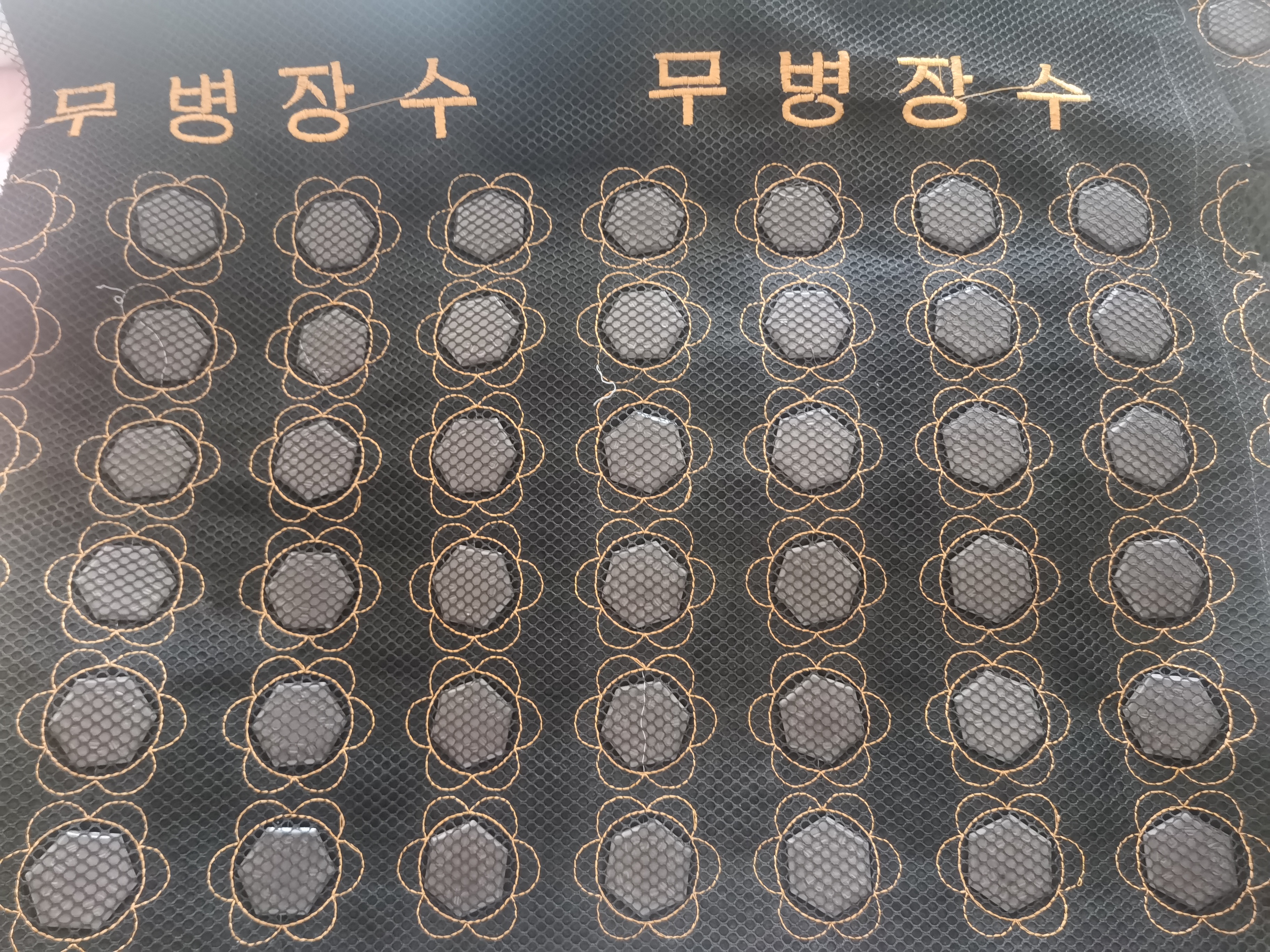
In cold climates, sauna rooms offer a warm and inviting retreat from the chilly outdoors. However, when it comes to sauna room materials, there are indeed specific ventilation requirements that need to be considered.
First and foremost, in cold climates, proper ventilation is crucial to prevent condensation. The extreme temperature difference between the sauna's interior heat and the outside cold can lead to moisture buildup. Sauna room materials such as wood can absorb this moisture over time, potentially causing damage and reducing their lifespan. Adequate ventilation helps to remove excess moisture and maintain a dry environment.
For sauna room materials to perform optimally in cold climates, a balanced ventilation system is essential. This can include both intake and exhaust vents. The intake vent brings in fresh air, while the exhaust vent expels moist and stale air. This continuous flow of air helps to regulate temperature and humidity levels.
Moreover, the choice of sauna room materials also plays a role in ventilation requirements. Certain woods, like cedar or hemlock, are known for their natural resistance to moisture and can better withstand the challenges of cold climate sauna use. These materials allow for better air circulation within the sauna, enhancing the ventilation effect.
In addition to mechanical ventilation, natural ventilation can also be beneficial in cold climates. For example, opening a window or door briefly after using the sauna can help to release moisture and freshen the air. This can prevent the buildup of mold and mildew, which can be a particular concern in damp environments.

